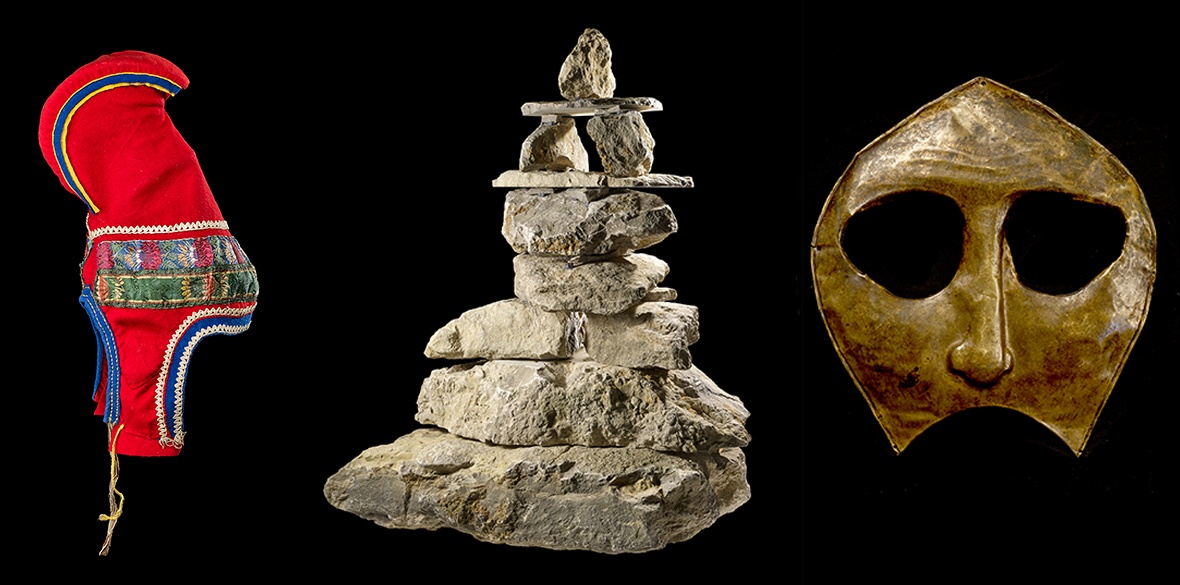This is the last article you can read this month
You can read more article this month
You can read more articles this month
Sorry your limit is up for this month
Reset on:
Please help support the Morning Star by subscribing here
Arctic: Climate and Culture
British Museum, London
BILLED as “the largest and most diverse circumpolar collection ever displayed in the UK,” this wide-ranging exhibition looks at the cultural lives of the four million people who inhabit the frozen north, framing their experiences within the scientific assumption that the north won’t, in fact, be frozen for much longer.
Experts predict that the Arctic will be free of ice in 80 years’ time, bringing dramatic changes to its fauna and flora and significantly affecting the humans who live there, in particular its 400,000 indigenous people.
Although that scenario could have furnished a gloomy backdrop to proceedings, in fact Arctic: Climate and Culture is energisingly upbeat, taking the stance that the region’s inhabitants have adapted so well to climate change over the past 30,000 years that there’s no reason to suppose they won’t continue to do so.
Curator Amber Lincoln makes sure the word “resilience” resonates around the hall and, through a mixture of photography, film, artwork and artefacts, she puts a refreshingly positive spin on life in the Arctic Circle, focusing as much on its contemporary strengths as its historical achievements.
The most enjoyable elements are the short films, often soundless and rarely more than a couple of minutes long, which provide intriguing vignettes of cultural life among some of the 40 different ethnic groups of the region.
There are appealing scenes from the annual Yhyakh festival in the Republic of Sakha, shots of reindeer herding in Yamal peninsula, a cooking lesson with seal and seaweed, an instructional video on how to pack a toddler into the hood of a parka and a film about the making of an Inuksuk, a kind of Inuit cairn traditionally used as a land marker.
The Inuksuk in the film, built by Piita Irniq, of Nunavut in Canada, is on display in the room too.
Most aspects of culture get a look-in, from festivals and ceremonies to religion, art and clothing, from storytelling, sport and games to hunting and fishing.
For such a compact exhibition, a considerable amount of ground is covered and while there’s nothing in huge depth, very little is skirted over.
It’s an optimistic exhibition, offering an engrossing insight into a way of life we rarely see but which, if its curator is to be believed, will continue at the top of the world for centuries to come.
Runs until February 21, box office: britishmuseum.org.










